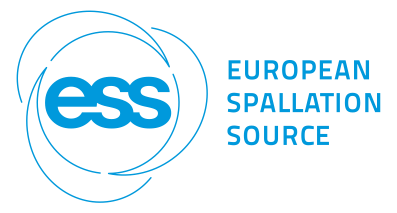Description
N-isopropylacrylamide (NIPAM) based microgels are colloidal particles (diameter typically ranging from 50 nm to 1μm), which internally have a gel network structure. Due to the properties of the used polymer this network exhibits a volume phase transition making the particles "switchable". This unique combination of colloidal properties with those of functional polymers makes the particles very interesting with respect to applications in drug delivery, photonic materials, sensor design or as nano-actuators.
Also more complex core-shell particles can be realized either with a hard core which does not respond to external stimuli or with soft responsive cores [1]. The talk will give a general overview of properties of core-shell microgel colloids.
In the characterization of core-shell microgels the use of SANS contrast variation by partial deuteration is an important tool. In the case of poly(N-isopropylacrylamide)@poly(N-n-propylacrylamide) (PNIPMAM@PNNPAM) core-shell microgels contrast variation reveals structural features otherwise invisible. With respect to applications such PNIPMAM@PNNPAM particles offer new possibilities and they show a more complex swelling behavior which still remains to be understood [2].
[1] Hellweg, T., Responsive Core-Shell Microgels: Synthesis, Characterization, and possible Applications, J. Polymer Science, Part B, Polymer Physics, 51, (2013) 1073-1083.
[2] Zeiser, M., Freudensprung, I., & Hellweg, T. Linearly thermoresponsive core-shell microgels: Towards a new class of nanoactuators, Polymer, 53, (2012) 6096-6101
Author
Mr
Thomas Hellweg
(Bielefeld University)

